The Best and Worst Sweeteners
The world of sweeteners can be a confusing place! We’ve learnt to manufacture such a variety of fake sugars and industrial low fat foods that many people’s sweet taste has become so elevated we don’t think fruit is sweet any more. Sweetened home- made treats are a source of pleasure, especially for kids (and chocoholics like me!), provided they are used as a special treat and very much in moderation. We just need to choose the right sweeteners.
When I guide my clients through the process of giving up sugar, some are ready to go cold turkey, but many are much better at coping with a step by step process where different sweeteners are used to replace sugar.
This list is what I recommend in the sweetener hierarchy.
Here I’ll focus on sweeteners that you would use at home, in your own cooking and may encounter in the world, including many ‘health’ foods and snacks.
Actually, I’ll start with the worst, as it’s easier!
5 sweeteners you should avoid (always and forever and ever!):
1) All artificial sweeteners, even if you are diabetic (eg: splenda, nutrasweet, equal, etc, etc). Many studies have shown that these chemically synthesized powders have harmful health effects and are also harmful to diabetics or anyone with metabolic syndrome (pre-diabetes) for whom they were designed.
2) High Fructose Corn Syrup (HFCS) or corn syrup of any sort. This is more of a problem in soft drinks, which I’m sure you already know to avoid like the plague. This is a processed product not fit for human consumption.
3) Agave syrup– this is a VERY common ingredient in many ‘healthy’ snack foods. Agave syrup is almost pure fructose, with higher levels than even HFCS, is a highly toxic substance to the liver in such concentrated amounts. It is processed with chemical solvents as extractors. See this link for more info about the dangers of agave syrup.
4) Glucose, sucrose, fructose, dextrose, maltose or any variation of these ingredients listed on the label. It’s all just sugar, usually present in a processed low fat food to improve flavour lost with the loss of fat.
5) Fruit juice concentrate– these are just too high in fructose and usually present in a super concentrated form in products like cereal, which are already pure sugar from grains!
10 Sweeteners to choose for your kitchen (in order of preference):
1) Raw Cacao powder– it doesn’t actually contain a sweetener at all, but I find the super yummy chocolate taste is sweet enough by itself and makes anything taste amazing!
2) Fruit- Usually, I will only use fruit to sweeten a dessert or a treat. My kids are so un-used to sugary taste they find this enough.
3) Raw honey– not my favourite as I’ve never liked the taste, but it’s certainly a ‘real’ food that’s existed for millennia. Raw honey has many beneficial enzymes, this is the true raw stuff, not the flowing bottles in the supermarket. Heating honey destroys the enzymes, so use only in desserts that don’t require baking. Be careful if you can’t tolerate fructose well (eg: if you have gout; if you follow a FODMAPs free diet)
4) Molasses– a ‘by product’ of sugar cane manufacture, it is actually a sweetener with many minerals present. Great when a liquid sweetener is required.
5) Maple syrup– a little bit goes a long way. Has to be 100% maple syrup, no other sweetener added.
6) Coconut sugar (from coconut palm flowers): rich in minerals and B group vitamins and minimally processed, this is a good choice for recipes when granulated sweetener is required. Has a lovely nutty/caramel taste.
7) Dried fruit– watch the quantities as it is highly concentrated and a big hit of fructose. Dates, dried apricots (organic only), sultanas, goji berries, etc- are all ok in moderation and combined with fat (coconut oil, butter) or protein (nuts) to slow absorption by the body
8) Stevia –organic green powdered form only. Every other stevia product is highly processed (usually using chemicals) and is not a good sweetener choice. Made from a herb and extremely sweet, It does have an ‘acquired’ taste. I find its best use is to sweeten a cacao hot chocolate drink.
9) Rapadura sugar– dehydrated cane sugar juice. Minimally processed and rich in minerals. Good substitute for granulated sugar in recipes
10) Fruit juice– freshly squeezed only and in small quantities
All these sweeteners have quite distinctive tastes and are suited better to different kinds of dishes, eg: molasses is great with soaked porridge but I wouldn’t use it in a muffin recipe. Maple syrup tastes great in anything. Coconut sugar or rapadura are good in recipes where granules rather than liquids are required. Just reduce the amount to ¼ of what the recipe recommends!! Have a go, experiement with different ones and see what works for you.
Remember, anything you make at home from the 10 choices above is FAR superior to anything you’ll buy in a store (even a health food store!).
P.S: for the coffee drinkers the eternal question seems to be ‘But what do I put in my coffee???’ My answer is simple “Nothing!”. Wean yourself of the sweet taste of sugared coffee a tiny bit at a time by reducing the amount of sugar gradually, until you don’t need any. It’s just a habit, you can kick it!
If you experience strong sugar cravings on a daily basis it is a sign of underlying health issues such as gut bacteria imbalances, blood sugar dysregulation (insulin resistance or hypoglycemia), candida overgrowth, possible parasitic infections, the list goes on.

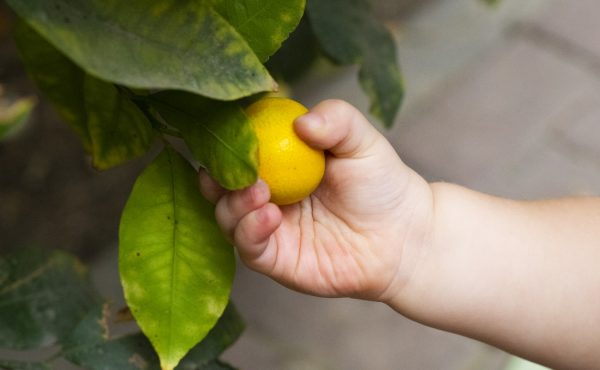
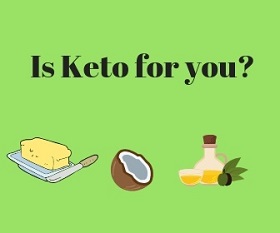

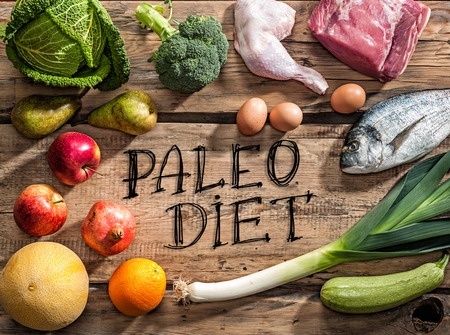
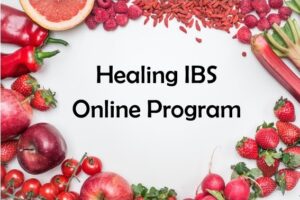

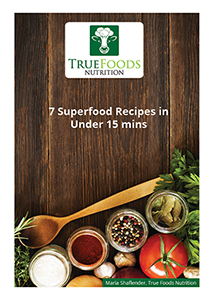
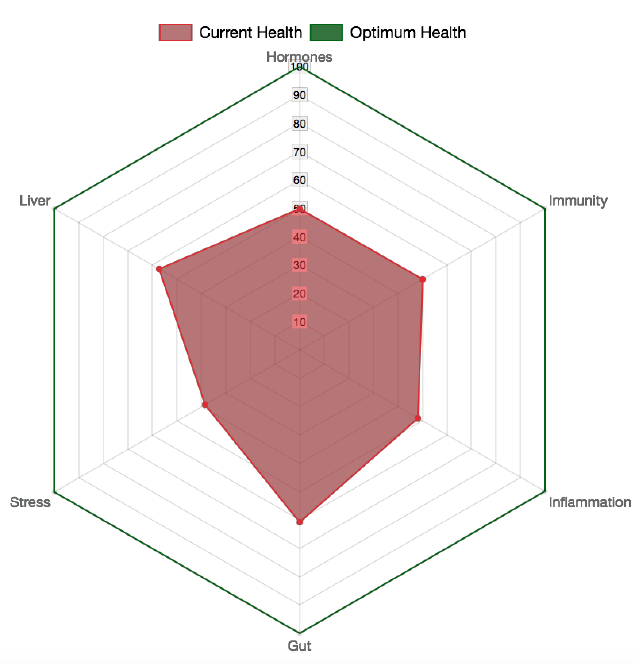


Hi Vicky,
Thanks for your comment!
I personally don’t use rice malt syrup because I don’t eat grains. I know it’s popular because it’s mostly glucose and not fructose, but from what I can tell is still a pretty processed sweetener. Each to his/her own I guess!
Hi Maria, I love your article. How does rice malt syrup rate? Thanks Vicky